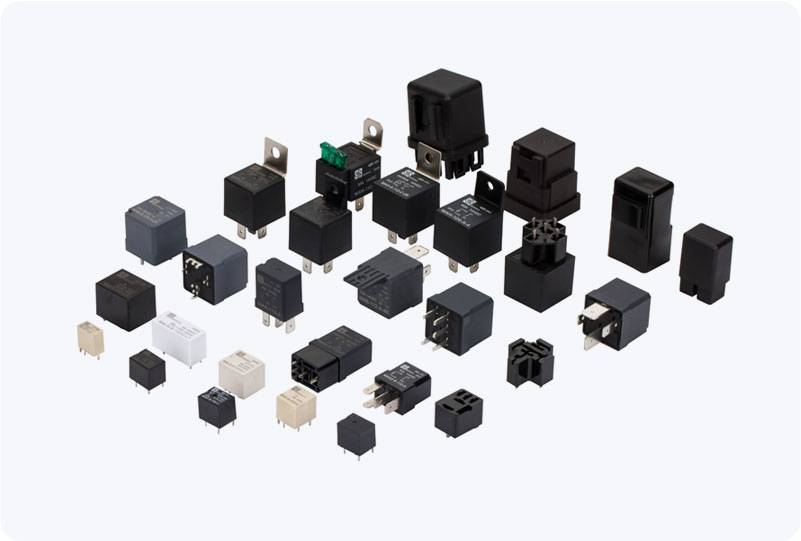High Voltage DC Relays are vital components in the architecture of New Energy Vehicles (NEVs), particularly in electric vehicles (EVs). As the automotive industry undergoes a significant transformation towards electrification, the relevance of these relays has escalated, necessitating a deeper understanding of their functions, designs, and applications in modern EVs.

Role of High Voltage DC Relays The primary function of high voltage DC relays is to control the flow of electricity within the vehicle’s high-voltage battery systems. These relays enable the connection and disconnection of electrical circuits, which is critical during various operational phases such as charging, starting, and running the vehicle. By effectively managing the electrical flow, these relays enhance operational safety and reliability while optimizing the performance of the vehicle’s electric powertrain. Working Principle High voltage DC relays operate on the principle of electromagnetic or solid-state switching. In traditional electromagnetic relays, a coil generates a magnetic field when voltage is applied, closing or opening the contact points to allow or interrupt the current flow. Solid-state DC relays, on the other hand, utilize semiconductor materials to achieve similar results without moving parts, resulting in faster response times and increased longevity. This technology is particularly advantageous in applications where rapid switching is crucial.